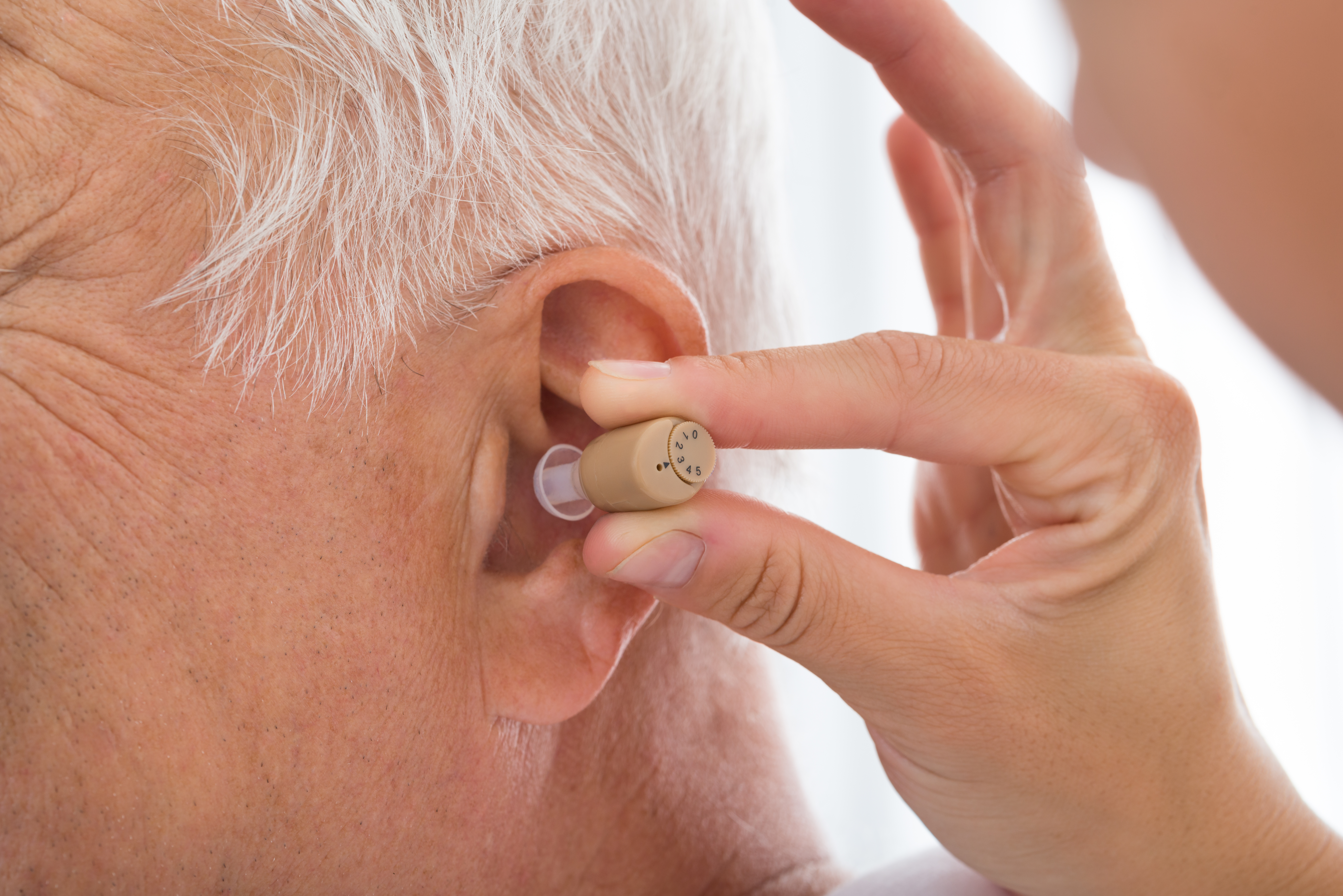Understand Hand Osteoarthritis Causes & Its Impact On A Senior's Life
Hand osteoarthritis affects millions of seniors worldwide, causing joint pain, stiffness, and reduced mobility that can significantly impact daily activities. This progressive condition develops when the protective cartilage in hand joints breaks down over time, leading to bone-on-bone contact and inflammation. Understanding the underlying causes, recognizing early symptoms, and implementing effective management strategies can help seniors maintain their independence and quality of life despite this common age-related condition.

Hand osteoarthritis represents one of the most prevalent joint conditions affecting older adults, with the hands being particularly vulnerable due to their frequent use throughout a lifetime. The condition primarily develops when the smooth cartilage that cushions joints gradually deteriorates, causing bones to rub against each other and resulting in pain, swelling, and decreased range of motion.
Hand Osteoarthritis Signs and Symptoms
Recognizing the early warning signs of hand osteoarthritis enables seniors to seek appropriate care before the condition progresses significantly. The most common symptoms include persistent joint pain that worsens with activity and improves with rest, morning stiffness lasting more than 30 minutes, and visible swelling around affected joints. Many seniors also experience a grinding sensation called crepitus when moving their fingers, along with the development of bony growths called nodes near the fingertips or middle joints. As the condition advances, grip strength often diminishes, making it difficult to open jars, turn doorknobs, or perform fine motor tasks like writing or buttoning clothes.
Hand Osteoarthritis Causes In Seniors
Several factors contribute to the development of hand osteoarthritis in older adults, with age being the primary risk factor as cartilage naturally wears down over decades of use. Genetics play a significant role, as individuals with family members who have arthritis face a higher likelihood of developing the condition themselves. Previous hand injuries, including fractures or dislocations, can accelerate cartilage breakdown and increase osteoarthritis risk. Repetitive hand motions from occupational activities or hobbies may also contribute to joint wear over time. Women experience hand osteoarthritis more frequently than men, particularly after menopause when hormonal changes may affect joint health. Additionally, certain medical conditions like diabetes or metabolic disorders can influence cartilage health and joint function.
Hand Osteoarthritis Management In Seniors
Effective management of hand osteoarthritis focuses on reducing pain, maintaining joint function, and preserving independence in daily activities. Physical therapy exercises specifically designed for hand joints can help maintain flexibility, strengthen supporting muscles, and improve overall hand function. Occupational therapy provides valuable training on adaptive techniques and assistive devices that make daily tasks easier to perform. Heat and cold therapy offer natural pain relief options, with warm baths or heating pads helping to reduce stiffness and cold packs providing relief during flare-ups. Splinting certain joints during activities or at night can provide support and reduce stress on affected areas. Weight management, when applicable, helps reduce overall inflammation in the body, which may benefit joint health.
Hand Osteoarthritis Typical Challenges
Seniors with hand osteoarthritis face numerous daily challenges that can significantly impact their quality of life and independence. Simple tasks like opening containers, writing checks, or using kitchen utensils become increasingly difficult as grip strength decreases and joint pain intensifies. Many individuals struggle with personal care activities such as fastening buttons, zipping jackets, or managing jewelry clasps. Technology use presents additional obstacles, as touchscreen devices and small keyboards can be challenging to navigate with stiff, painful fingers. Social activities may become limited when hobbies like crafting, gardening, or playing musical instruments become too painful to enjoy. The emotional impact of losing hand function often leads to frustration, anxiety, and feelings of helplessness, particularly when seniors must rely on others for assistance with previously independent activities.
The financial implications of managing hand osteoarthritis can vary significantly depending on the chosen treatment approach and local healthcare costs. Physical therapy sessions typically range from $75 to $150 per session, with most treatment plans requiring 6-12 sessions initially. Occupational therapy consultations generally cost between $100 to $200 per visit, while adaptive equipment and assistive devices can range from $20 for simple jar openers to $200 for specialized ergonomic tools. Splints and braces vary in price from $25 for basic models to $150 for custom-fitted options.
| Treatment Option | Provider Type | Cost Estimation |
|---|---|---|
| Physical Therapy | Outpatient Clinic | $75-$150 per session |
| Occupational Therapy | Rehabilitation Center | $100-$200 per visit |
| Custom Splints | Orthotist | $100-$300 per device |
| Adaptive Equipment | Medical Supply Store | $20-$200 per item |
| Heat/Cold Therapy | Home Use | $15-$75 per device |
Prices, rates, or cost estimates mentioned in this article are based on the latest available information but may change over time. Independent research is advised before making financial decisions.
Living with hand osteoarthritis requires patience, adaptation, and a comprehensive approach to management. While the condition cannot be cured, seniors can maintain significant function and independence through proper care, appropriate interventions, and lifestyle modifications. Early recognition of symptoms and proactive management strategies help preserve hand function for as long as possible, enabling seniors to continue enjoying their favorite activities and maintaining their autonomy in daily life.
This article is for informational purposes only and should not be considered medical advice. Please consult a qualified healthcare professional for personalized guidance and treatment.




